
The reducer is a device widely used in mechanical transmission systems, whose primary function is to reduce the input speed and correspondingly increase the output torque. Reducers play an irreplaceable role in various fields such as industrial production, transportation, and construction equipment. Here is a detailed introduction to the principle and structure of reducers.
Working Principle of Reducers
The working principle of a reducer is based on the meshing of gears. By engaging gears of different sizes, it achieves a reduction in speed and an increase in torque. When a motor or other high-speed power source drives the gear on the input shaft to rotate, the gear engages with other gears to rotate them. Due to the different number of teeth on the gears, the output shaft's speed will be lower than that of the input shaft. At the same time, according to the basic principle of gear transmission, the ratio of output torque to input torque is equal to the ratio of the number of teeth of the input gear to the output gear.
Structural Components of Reducers
The structure of a reducer usually consists of the following main parts:
- Input Section: Includes the input shaft and the gear connected to it, which is the part where the reducer receives external power.
- Gear Transmission Mechanism: This is the core part of the reducer, usually composed of multiple gears. Through gear meshing, the function of speed reduction is achieved. Depending on the layout and type of gears, reducers can be classified into various types, such as spur gear reducers, bevel gear reducers, planetary gear reducers, etc.
- Output Section: Includes the output shaft and the gear connected to it, which is the part where the reducer transmits power to the working machinery.
- Bearings and Seals: Bearings are used to support the rotating shaft to ensure smooth gear transmission; seals are used to prevent lubricating oil leakage and the entry of external contaminants into the reducer.
- Lubrication System: To ensure the normal operation of the reducer, it is necessary to periodically or continuously lubricate the gears and other moving parts to reduce wear and dissipate heat.
- Housing and End Covers: The housing is used to protect the internal parts of the reducer, preventing damage from external factors; end covers are used to close the housing and sometimes also serve as a mounting and fixing function.
Types and Applications of Reducers
Based on the layout and transmission method of gears reducers can be divided into several types:
- Spur Gear Reducer: Simple in structure and low in manufacturing cost, suitable for occasions with large load-bearing requirements.
- Bevel Gear Reducer: Typically used for transmission between two shafts with a large angle intersection.
- Planetary Gear Reducer: Characterized by high transmission efficiency and compact structure, suitable for occasions with space limitations.
- Worm Gear Reducer: Has a self-locking function, commonly used in occasions requiring precise control of speed and position.
Reducers are widely used in various mechanical equipment, such as conveying equipment, lifting machinery, mixing equipment, wind turbines, etc., where they reduce speed and increase torque to meet the working requirements of different equipment.
Conclusion
As an essential component of mechanical transmission systems, reducers achieve effective control of speed and torque through their unique working principles and structural designs. Different types of reducers are suitable for different working environments and requirements, providing strong support for the development of modern industry. Understanding the principles and structure of reducers helps us better select and use this critical equipment, improving production efficiency and equipment performance.
 English
English Deutsch
Deutsch Русский
Русский Español
Español
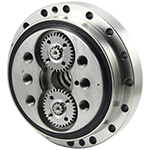
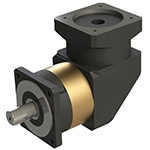
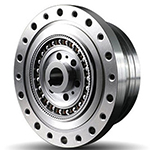
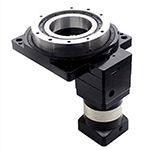
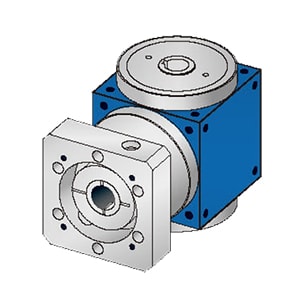
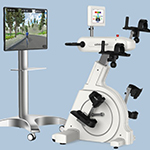
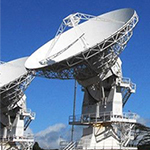
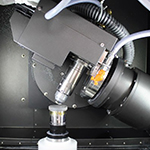
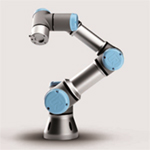
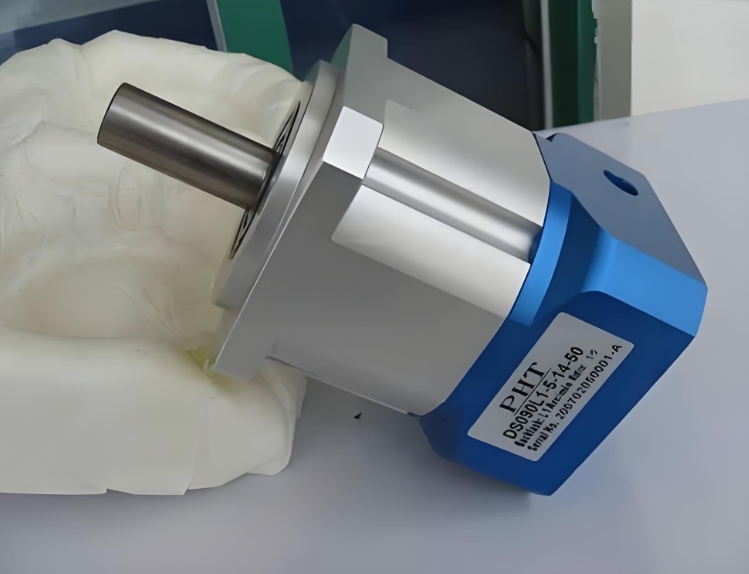
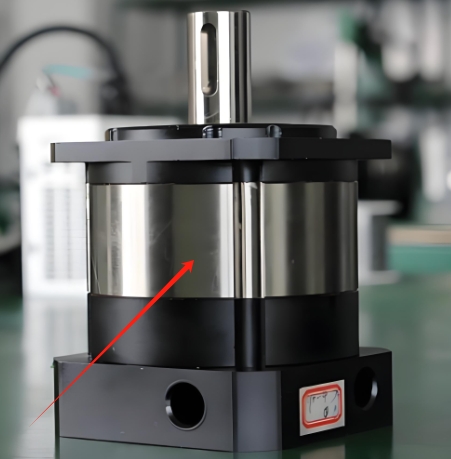
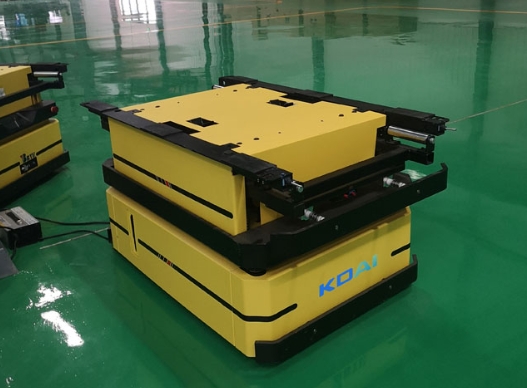
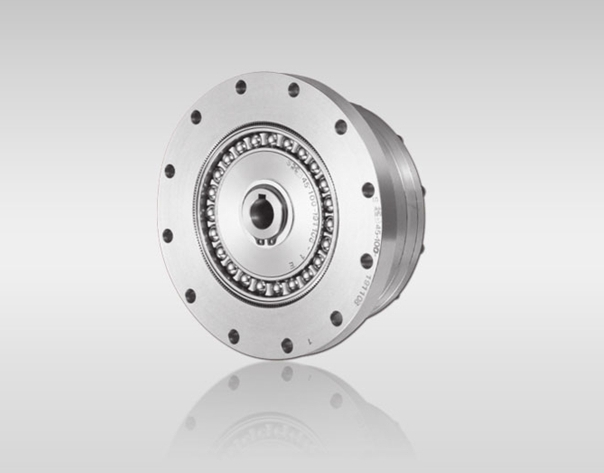
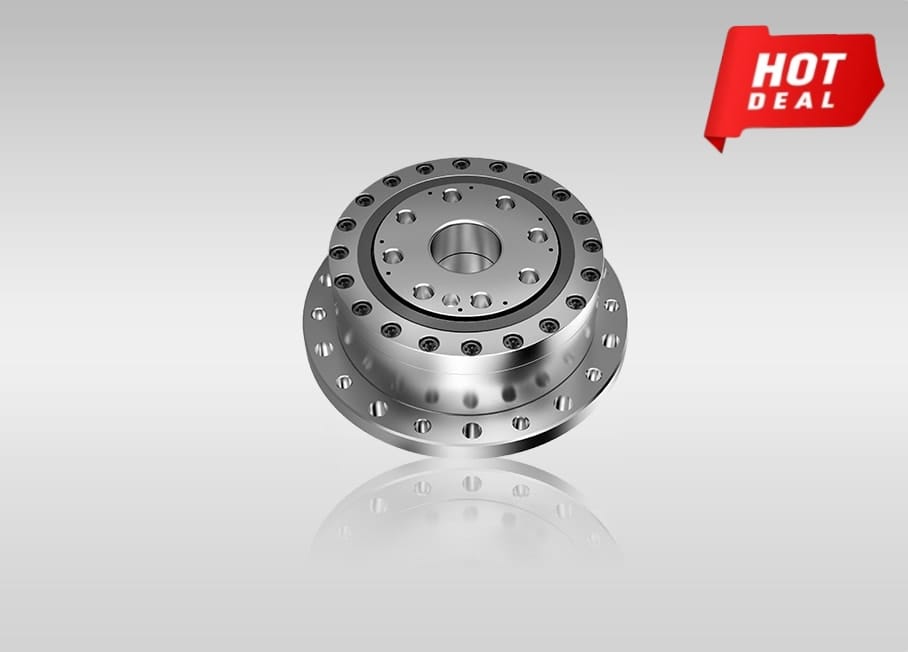
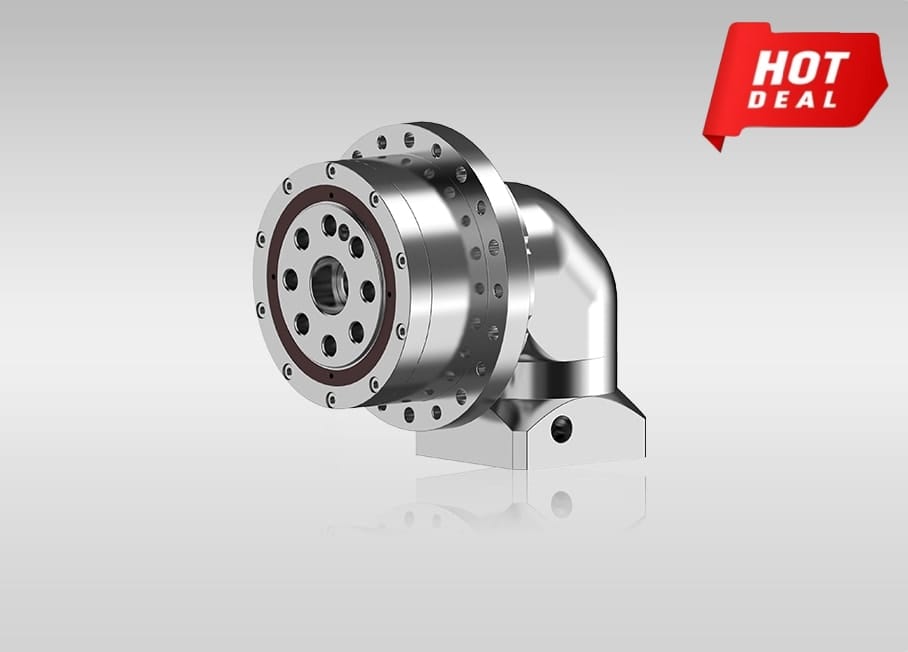
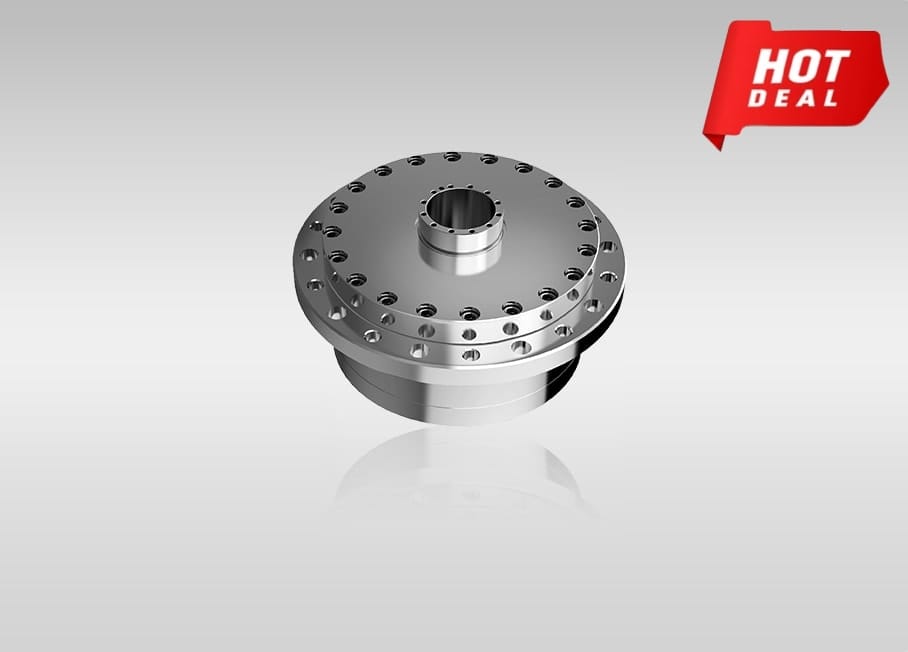
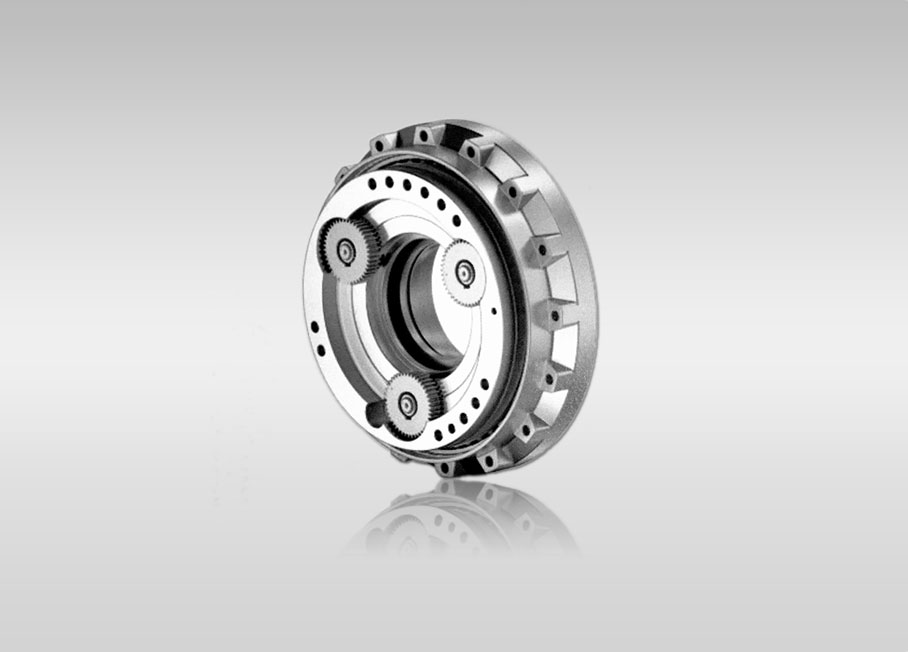
Quote Now